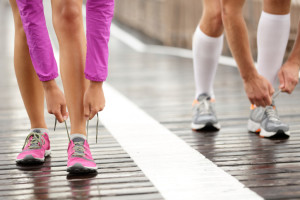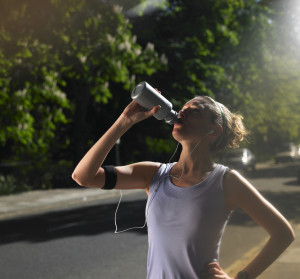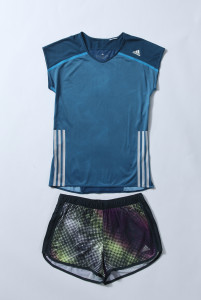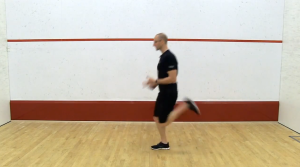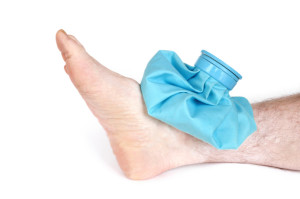Things that new runners ask experienced ones
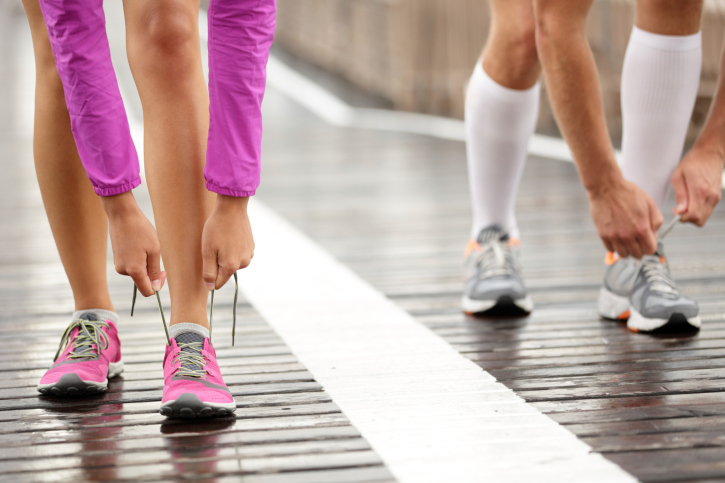
Chances are, if you run for long enough, you’ll get hit up for advice by a new runner. Even for the most experienced of runners, some of these questions can be tricky to answer.
 1) What kind of shoes should I buy?
1) What kind of shoes should I buy?
This is one of the toughest questions that new runners always pose to their experienced friends and there is no correct answer. Each runner is unique in the way they stride and the shape of their foot. Shoes are definitely not a one-brand-fits-all kind of deal. The best answer is to go to a running-specific shoe store and have an employee watch their gait and suggest a shoe that’s right for them.
2) How do I know what my tempo pace is?
While there are many different understanding of “tempo,” the simplest way to describe it would be a comfortable effort. Tempo is the training pace between easy running and race pace. For new runners who haven’t had enough race and training experience to use any sort of formula, the best way to describe it may be a sustained effort which doesn’t leave you gasping for air.
 3) How much water should I drink before/after/during?
3) How much water should I drink before/after/during?
Many new runners have heard horror stories about hitting the wall due to lack of hydration and are keen to make sure they’re drinking enough. While everyone is unique in how much they can handle, having a glass of water a half-hour before a run is probably a good rule of thumb, followed by at least one post-run. Most new runners won’t be going far enough that they’ll need to hydrate during the run.
4) What is the best breathing technique?
Breathing is something experienced runners probably don’t even notice, but is often on the mind of beginner runners. The best advice to give a new runner is to try and breathe from their stomach rather than chest (deep rather than shallow breaths) and to attempt to find an even rhythm. Their body will naturally sync its stride with its breath as it becomes used to running.
 5) What should I wear?
5) What should I wear?
While this question makes the cut as one of the most common posed to experienced runners, it is not limited to newbies. Living with four runners, rarely does one of us head out the door without asking what we’re wearing.
6) What should I eat before/after/during?
Again, this is very unique. The best advice to give new runners is not to eat right before they head out; it can lead to stomach issues. Having a light snack, like a banana or a piece of toast with peanut butter, pre-run should be sufficient for the distances they’ll be going.
7) Should I stretch?
The jury’s still out in the global running community on this one; some say yes, some say no. There is, however, a general consensus that static stretching before running is not beneficial for muscles.
 8) Should I warm-up?
8) Should I warm-up?
Warming-up is another personal preference. Some runners prefer just a slow jog for the first few minutes of their run to get their muscles warm, while some prefer a set of dynamic moves. New runners will need to take some time to figure out what works best for them. When starting out, taking time to mobilize different muscles and joints which aren’t used for running is a good idea. Making figure eights with one hip at a time, doing some legs swings and ankle rolls are all good suggestions for the new runner.
9) What is a good starter race?
It is probably best to start your new runner friend off with a fun race with a great atmosphere and spectator base (you want them to get hooked). If they are a complete beginner, starting off with a 5K may be best to give them a chance to experience racing.
 10) Should I ice if I’m sore?
10) Should I ice if I’m sore?
Again, the global running community doesn’t seem to be able to reach a consensus on this one. The R.I.C.E. rule (rest, ice, compression, elevation) used to be the final word in injury treatment for runners but has recently come under question as possibly delaying healing. Make sure your friend knows that some soreness is OK, as long as it is balanced on both sides of the body. Concerns arise when there is pain in one area (like a knee, or a hip) that is not present on the other side. Ice may be a first step, but there is no equivalent to taking a day off, or if necessary, seeing a physiotherapist.
